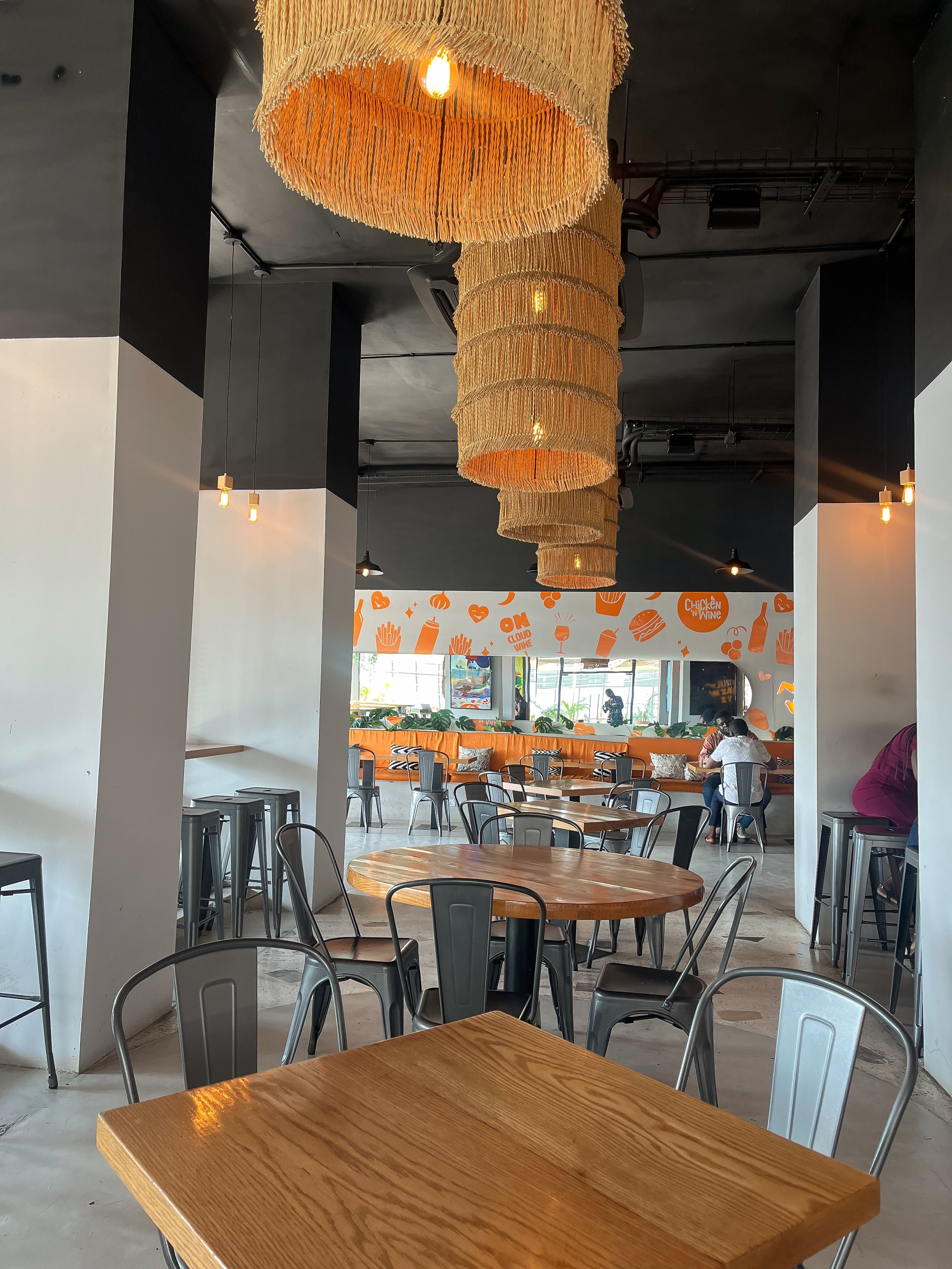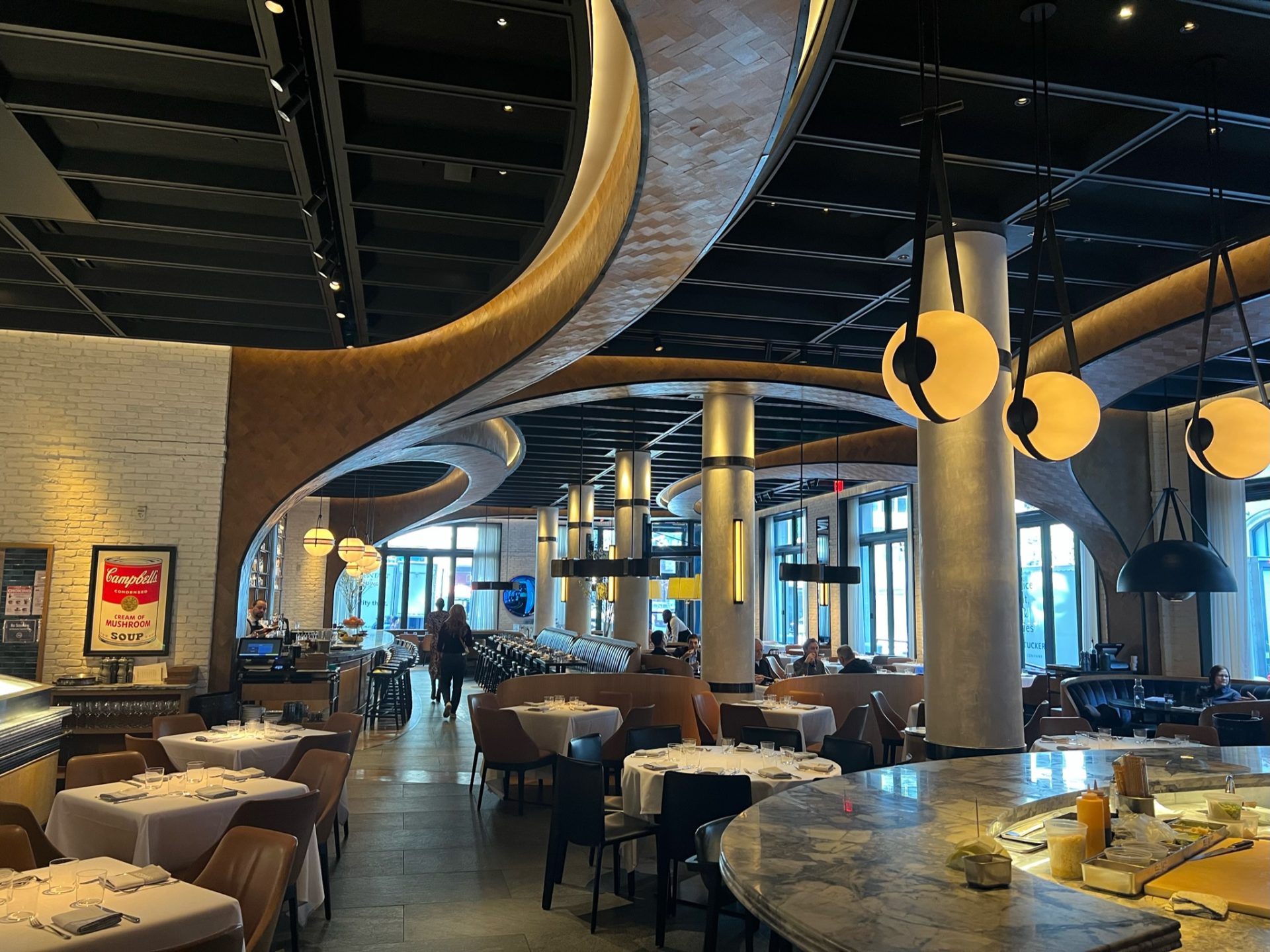Pan Asian Restaurant Islamabad: Discover Exquisite Asian Food
Pan Asian Restaurant Islamabad: Discover Exquisite Asian Food
Blog Article
Savor Genuine Asian Cuisine With a Pan-Asian Twist for a Cooking Adventure
Embarking on a cooking journey via genuine Eastern cuisine, boosted with a Pan-Asian twist, provides an one-of-a-kind chance to check out the rich tapestry of flavors that define the region's diverse culinary practices. As you consider these enticing dishes, think about the cultural narratives and historical impacts that shape them, each bite using a tale waiting to be found. pan asian dining Islamabad.

Discovering Pan-Asian Tastes
In the realm of global gastronomy, Pan-Asian food sticks out for its exceptional diversity and the unified interplay of tastes from various Eastern cultures. This cooking technique commemorates the abundant traditions and distinct active ingredients discovered across the continent, developing a tapestry of preferences that is both appealing and enjoyable. Key to Pan-Asian cuisine is its capability to stabilize different tastes-- sweet, salty, spicy, and sour-- while highlighting the quality and top quality of each component.
From the umami-rich soy sauce of Japan to the intense chili peppers of Thailand, Pan-Asian food supplies a considerable palette of flavors. These components are commonly combined in creative ways, improving dishes with layers of complexity. For circumstances, the usage of fragrant herbs such as lemongrass and cilantro, usual in Vietnamese and Thai food, includes a refreshing illumination to meals, while the consolidation of coconut milk provides a luscious, abundant appearance.
The emphasis on fresh fruit and vegetables and fragrant flavors makes certain that each meal is not only a banquet for the taste but additionally for the senses. Pan-Asian cuisine invites diners to start a cooking trip, discovering the vast and varied landscapes of Oriental gastronomy with every bite.
Combination Dishes to Attempt
While Pan-Asian food is commemorated for its conventional flavors, the modern-day cooking landscape is increasingly embracing blend meals that blend these classic elements with influences from various other areas. This innovative technique not just honors the abundant heritage of Oriental cookeries but additionally introduces novel preference experiences that appeal to modern tastes buds.
An archetype of such a combination meal is the Korean-Mexican taco, where marinaded bulgogi beef is covered in a cozy tortilla, topped with kimchi and a spicy gochujang-infused salsa. This mix weds the bold, tasty tastes of Korea with the dynamic, fresh aspects of Mexican cuisine. Similarly, sushi burritos have actually gained appeal, integrating the delicate artistry of Japanese sushi with the hearty, hand-held ease of a burrito, commonly featuring combination active ingredients like tempura shrimp and avocado with a drizzle of wasabi mayo.
An additional noteworthy dish is Thai curry ramen, which instills the luscious, aromatic spices of Thai curry into the comforting broth of standard Japanese ramen, developing a harmonious blend that tantalizes the detects. These fusion recipes extend past simple novelty; they stand for a culinary dialogue in between societies, encouraging exploration and development on the planet of Pan-Asian food.
Vital Ingredients and Spices
To truly value Pan-Asian food, one need to comprehend the necessary active ingredients and seasonings that develop its structure. This varied culinary style draws from a rich tapestry of Oriental practices, employing an unified blend of tastes and appearances.
Fragrant elements are pivotal, with lemongrass, garlic, and ginger being ubiquitous across numerous Pan-Asian recipes. These ingredients give an aromatic base that enhances the complexity of tastes. Seasonings such as star anise, cardamom, and cinnamon present heat and personality, echoing influences from areas like China and click this link India.

Cooking Strategies and Tips
Mastering the art of Pan-Asian cuisine calls for knowledge with its unique cooking strategies, each adding to the dynamic tapestry of tastes this cooking practice is commemorated for. Central to these methods is the stir-fry, a rapid food preparation strategy that preserves the nutritional honesty and vibrant shades of ingredients. Making use of a frying pan, the stir-fry technique permits also warmth circulation, essential for achieving the characteristic appearance and flavor equilibrium of Pan-Asian meals.
Another basic strategy is steaming, specifically widespread in Chinese food. This mild approach maintains the natural flavors and nutrients of components, making it suitable for fish and shellfish and veggies. Dumplings, a cherished staple, usually benefit from steaming, leading to soft, delicious textures.
Grilling, also important, presents great smoky depths to dishes such as Oriental bulgogi or Japanese yakitori (Best ambiance restaurants Islamabad). This method typically includes marinating ingredients, permitting tastes to permeate deeply prior to cooking over an open flame or warmer
Finally, understanding the art of stabilizing tastes-- pleasant, sour, salty, bitter, and umami-- is vital. Properly layering these components can boost a dish from ordinary to phenomenal, providing a complex and pleasing culinary experience that symbolizes the essence of Pan-Asian food.
Dining Experiences Worldwide
Around the world, Pan-Asian food uses an unrivaled eating experience, celebrated for its rich tapestry of tastes and vibrant discussions. This culinary phenomenon has gone beyond cultural borders, capturing the hearts and palates of food lovers worldwide. In multicultural cities like New York, London, and Sydney, Pan-Asian dining establishments serve as fusions where culinary practices from Thailand, Japan, China, and beyond converge, offering restaurants with an eclectic mix of meals that highlight the area's variety.
The worldwide charm of Pan-Asian food lies in its ability to provide both credibility and innovation. Cooks masterfully wed traditional components such as lemongrass, soy sauce, and miso with modern methods, resulting in recipes that are both familiar and refreshingly brand-new. This fusion allows diners to start a culinary journey that respects heritage while accepting modernity.
Additionally, dining experiences are raised with thoughtfully developed atmospheres that show the ethos of Pan-Asian aesthetics. From minimalist Japanese-inspired insides to vivid Thai-themed rooms, each dining establishment uses a special atmosphere that like this matches the culinary offerings. As a result, clients are not just consuming a meal but partaking in a social experience, making Pan-Asian dining a genuinely worldwide phenomenon.
Conclusion
The expedition of Pan-Asian cuisine uses an extensive understanding of the elaborate interplay of flavors and cooking traditions across Asia. By welcoming combination recipes such as Thai curry ramen and sushi burritos, the cooking journey not only highlights the flexibility of typical components however also showcases innovative modern-day strategies. This gastronomic journey, enhanced by essential seasonings and cooking approaches, supplies an one-of-a-kind opportunity to value the multiculturalism and culinary creativity that define Pan-Asian cuisine on an international range.
Embarking on a culinary trip with authentic Oriental cuisine, improved with a Pan-Asian twist, supplies an unique possibility to explore the abundant tapestry of tastes that define the area's varied culinary customs.In the world of worldwide gastronomy, Pan-Asian food stands out for its amazing variety and the harmonious interaction of flavors from visit their website numerous Oriental societies. Trick to Pan-Asian food is its ability to stabilize different flavors-- sweet, salty, spicy, and sour-- while highlighting the quality and top quality of each active ingredient.

Report this page